The North Indian state of Rajasthan amply warrants its status as a bejewelled tourist honey-pot. Wikram, my driver guide, who expertly navigated me from Delhi to Jaipur, presciently observed that there’s no point going to a zoo in India, because a veritable circus of wildlife passes you by on the roads in Rajasthan. He was right. Water buffalo, camels, donkeys, elephants, horses, goats and sacred cows were just part of the passing highway parade in the space of a few hours., many hauling all manner of loads. All roads lead to the Rajasthan capital, Jaipur, the glorious Pink City of India, home to a trove of forts, palaces and heritage structures built in pink stucco.
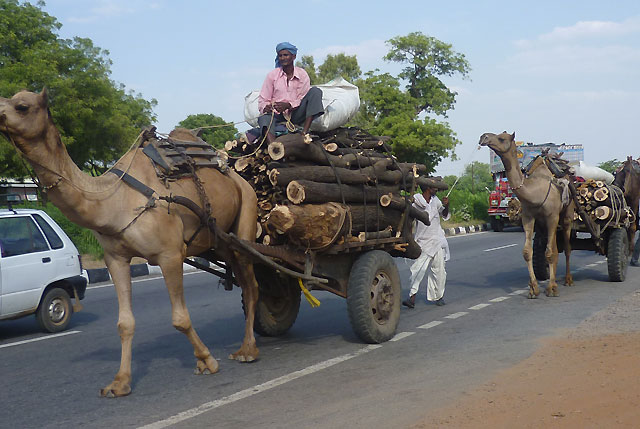
Founded by the Maharaja king Jai Singh II in 1727, this was India’s first planned city and took four years to construct. Built in the form of a rectangle, Jaipur was divided into nine blocks, seven for public use and two reserved for the state’s most prestigious palaces and buildings. The entire city was girdled by a formidable protective wall, but it wasn’t until 1863 that Jaipur’s famed colour theme came to pass. The city’s main facades were painted in pink stucco as a way of welcoming Prince Albert to Jaipur, and determined to make a lasting impression. What makes a visit to this city today so enchanting, is that the architectural legacy of Jaipur’s founding architects and ingenious craftsmen has been left unmolested by the passage of time.
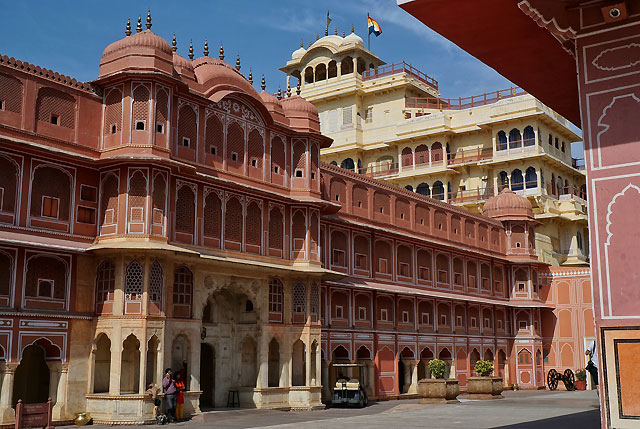
City Palace is a great starting point for your sightseeing. The sprawling complex is peppered with mouth-watering architecture, tranquil courtyards and lush gardens. The prize draw is the Palace of the Breeze, a triumph in building design, whereby the air circulates so efficiently that it keeps the occupants cool even in the extreme summer months, when the mercury can nudge 50 degrees. It has been a life-long wish to ride an elephant, and I cannot think of a better place to realise my dream than at the sky-piercing magnificence of Amber Fort. A gentle, lumbering ride up the narrow pathway on one of these graceful giants brings you to glorious hillside fortress of the Rajput kings.
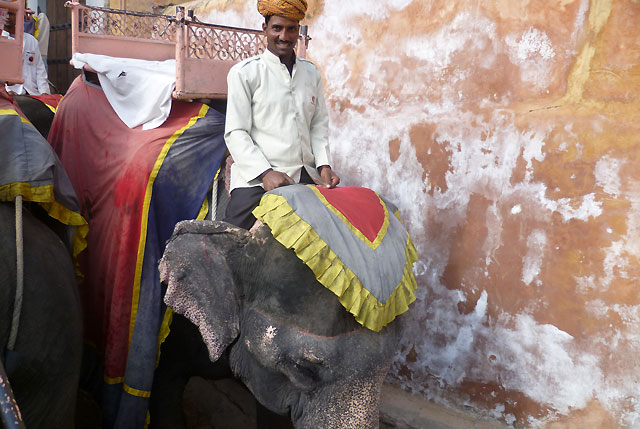
A fusion of ornate Hindu and Islamic design, Amber Fort’s exquisite craftsmenship is best exemplified by the Mirror Palace, or Sheesh Mahal. It is here that candlelight dinners originate. A single lit candle spangles the glass and mirror panels that festoon the walls of the banquet room. Other recommended stops in Jaipur include the fascinating astronomical observatory that was constructed by a Maharaja king in 1727.And to underscore Jaipur’s artistic richness, Albert Hall Museum delivers a fantastic insight into Jaipur’s stature as a cultural and artistic powerhouse.
Jaipur residents are unmistakably proud of their architectural grandeur.
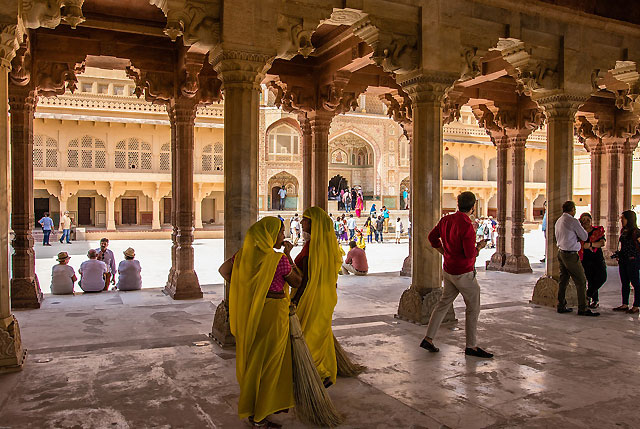
One of the signature attributes to the city is the fact that some historic palaces, no longer required for the affairs of state, have been revived as beacons of hospitality. A stand-out property is the Raj Mahal Palace. Set amidst 18 acres of beautifully landscaped Moghul gardens, this incomparable palace dates back to 1745, blending time-honoured opulence with contemporary comforts. Housing
100 guestrooms, the colonial style furniture, miniature paintings, gold-hued silks, sheet curtains and stylish bathrooms all imbue the property with a ravishing regal charm. Whether you’re staying in-house or not, take full advantage of the enticing dining options, including the grand al-fresco under-the-stars feast, plus the outdoor night bazaar and live entertainment is utterly intoxicating.
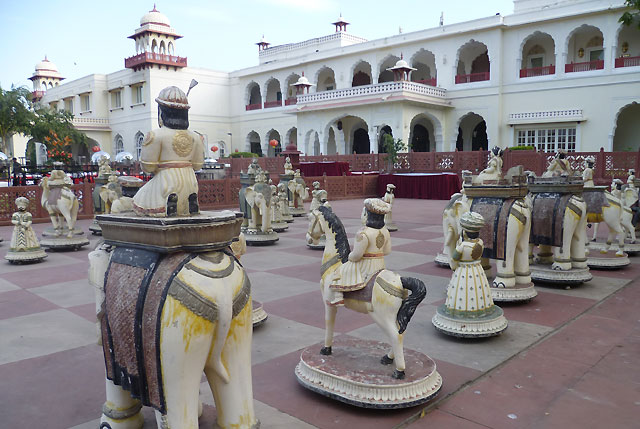
My tour guide in Jaipur was a true legend. Push Singh Rathore is highly regarded in Jaipur and his grandfather had the honour of escorting the Queen on a tiger-hunting expedition in 1947, on a visit to Rajasthan. Push has a huge passion for preserving and nurturing the stained glass work that Jaipur was famous for, over many centuries. He took me to his local village school, where the delightful students not only learn the core curriculum, but are trained in the specialist art of stained glass.
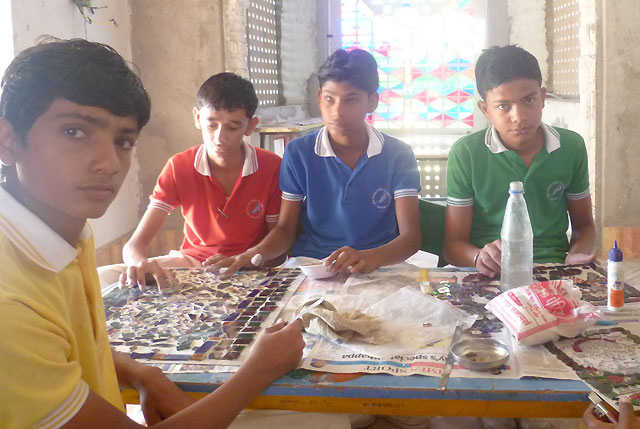
He will happily arrange for you to visit the school. In a city as colourful as Jaipur, shopping is a sensory treat. Specialist items worth sizing up include pottery, camel leather, Jaipur’s acclaimed jewellers and the fabric bazaars are just magic.
A starry-eyed stay at the sumptuous Raj Mahal Palace is surprisingly affordable. For further information and to book, go to www.tajhotels.com


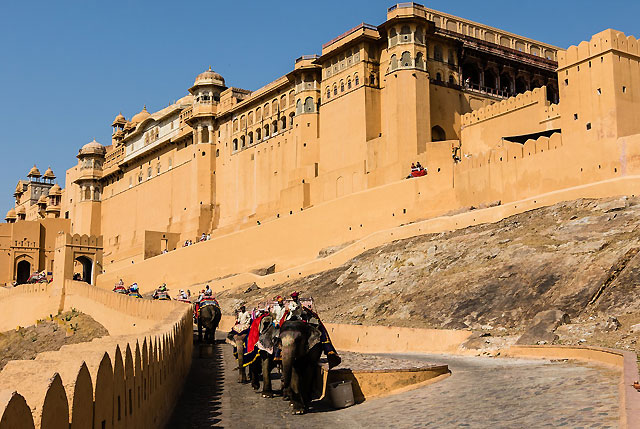

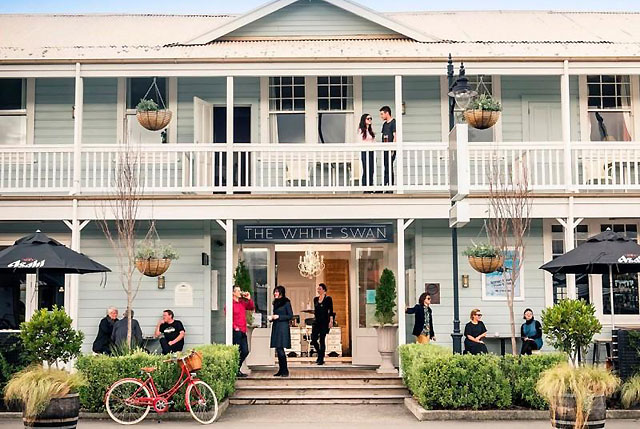

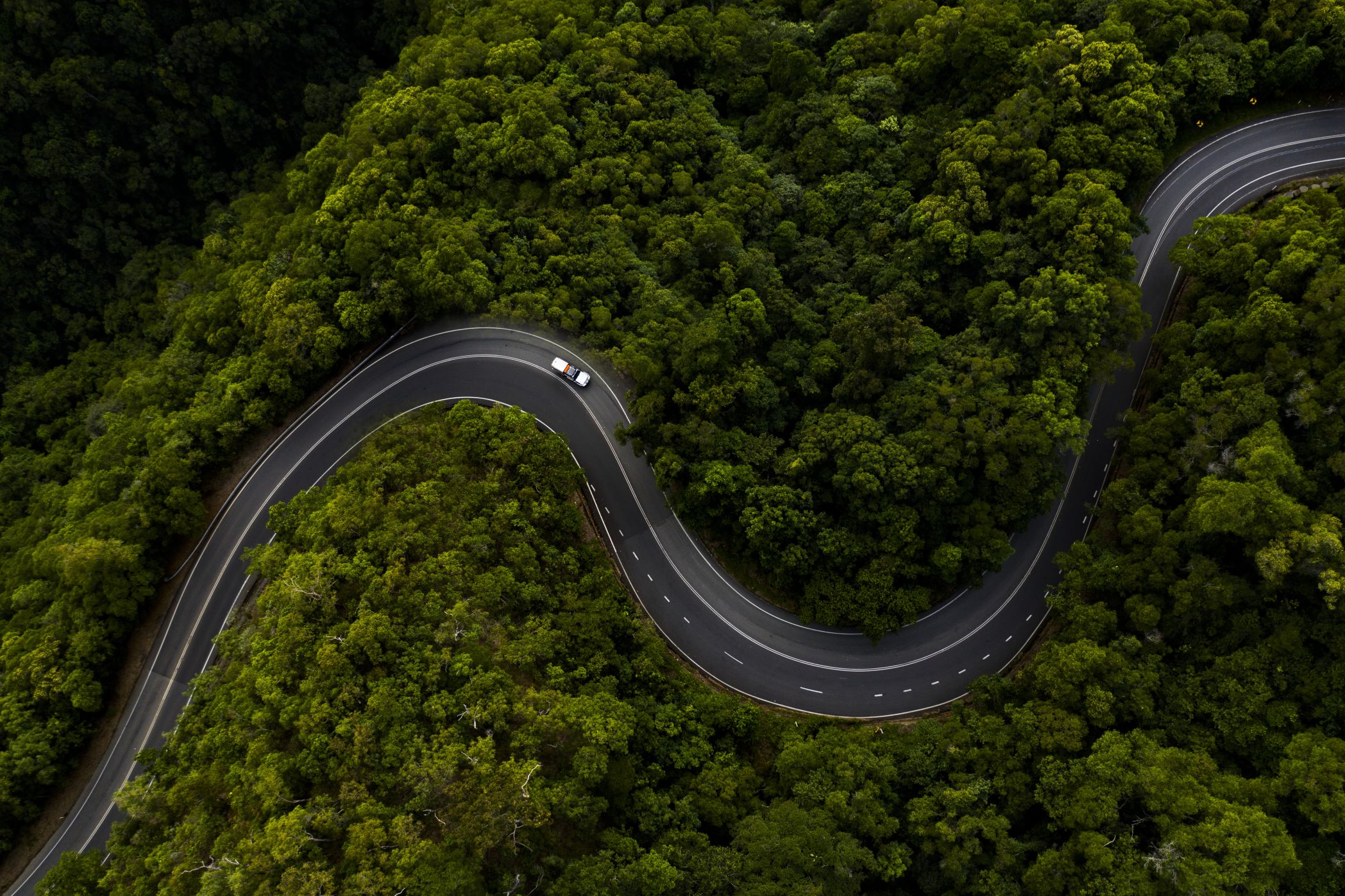


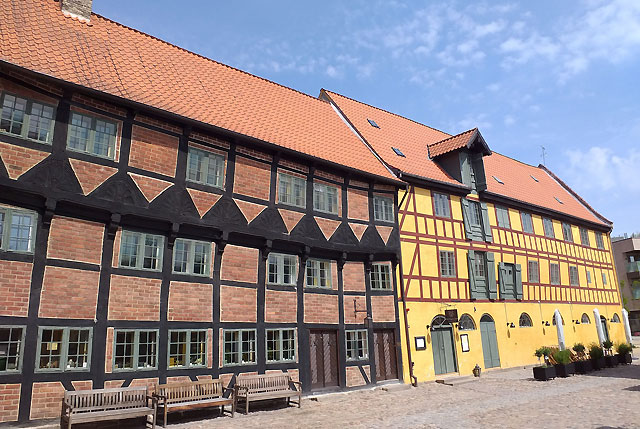
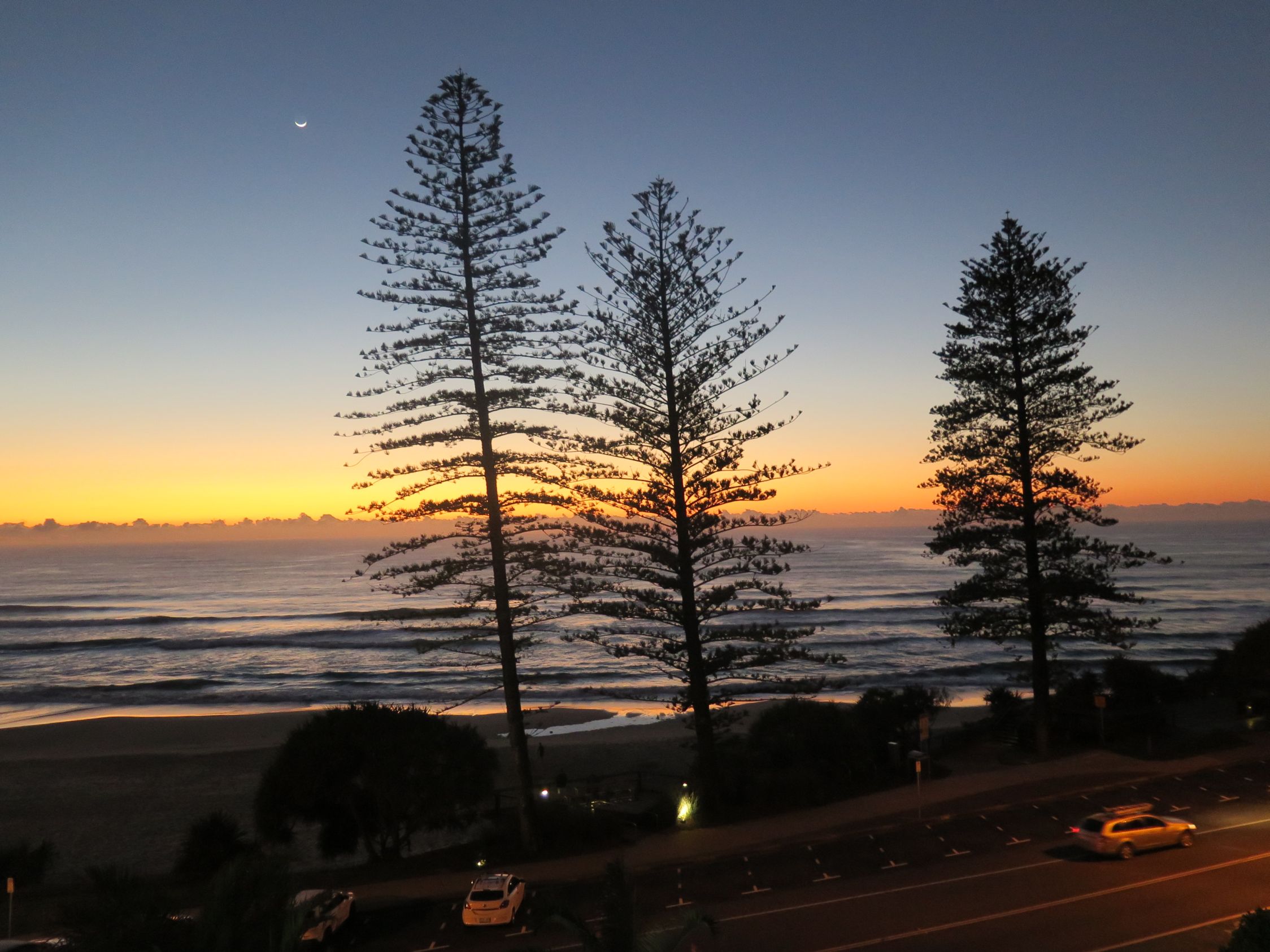
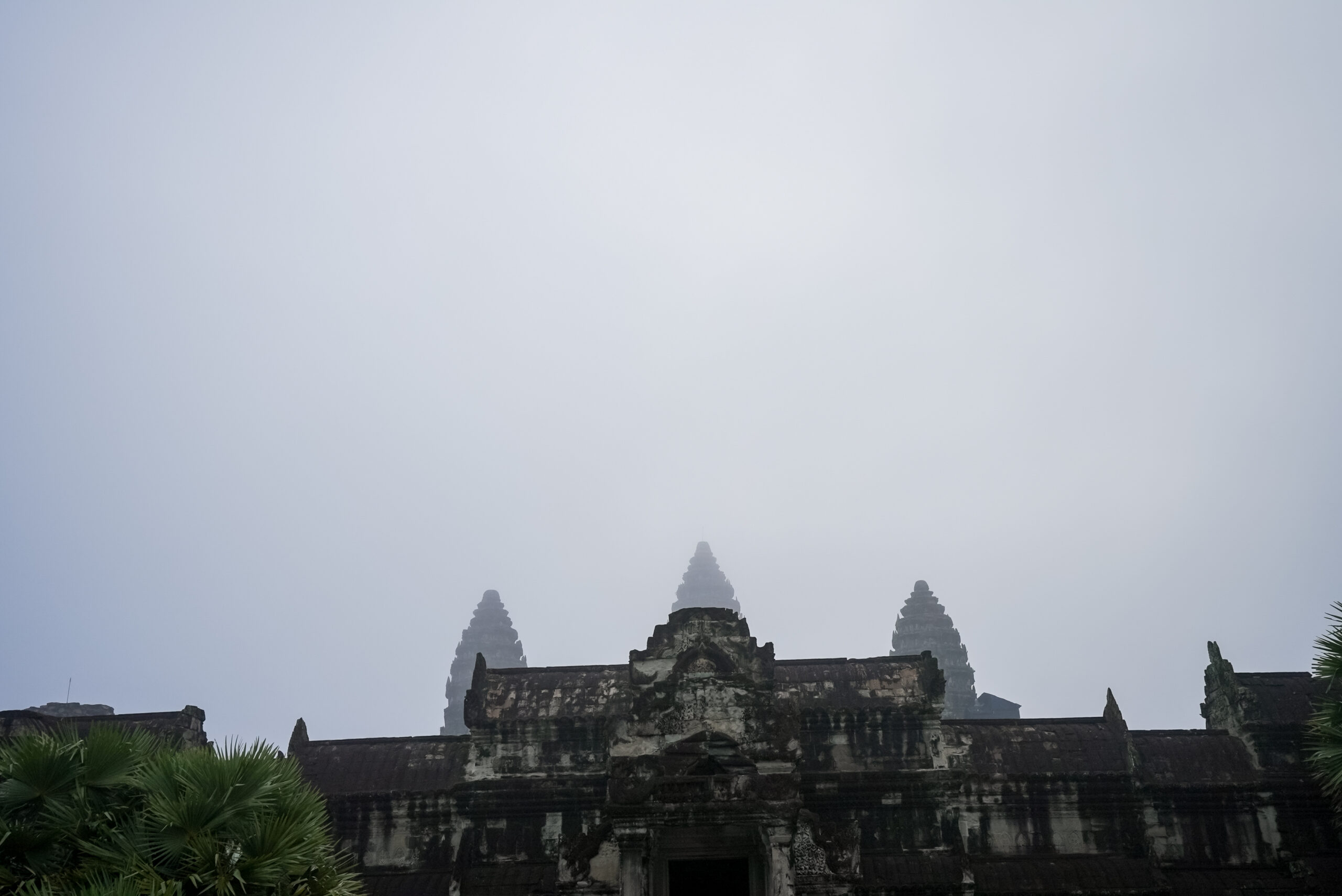
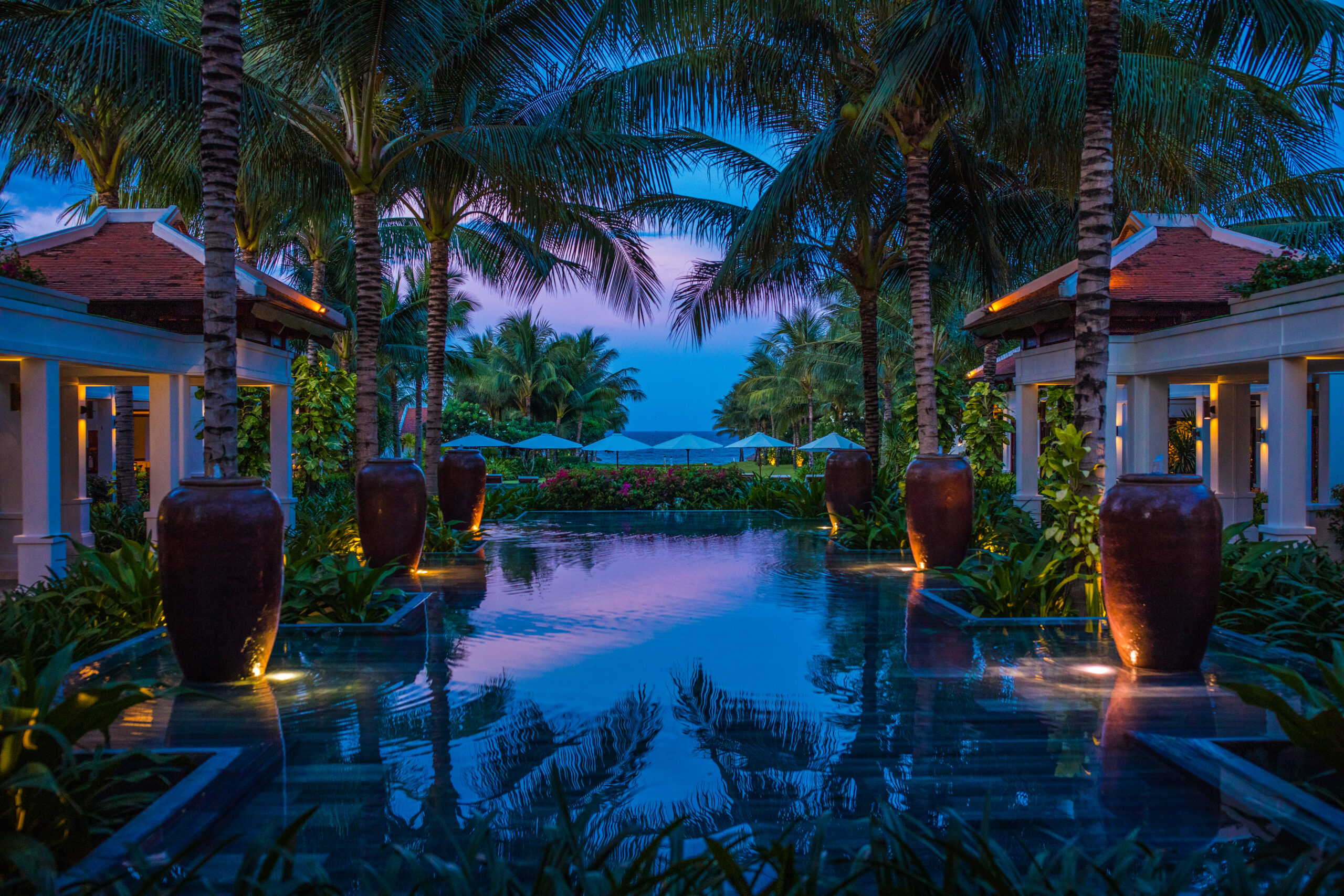
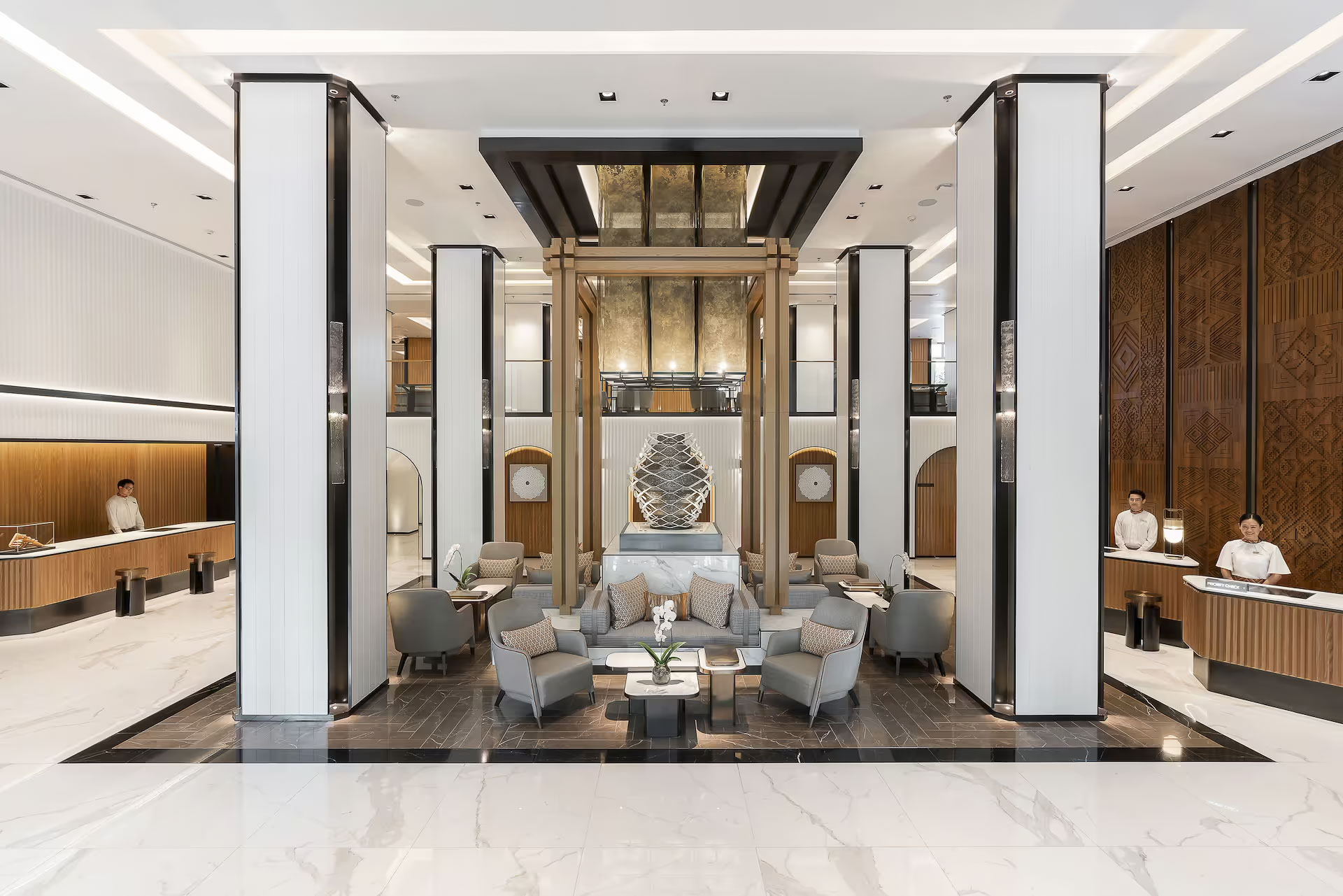

Recent Comments